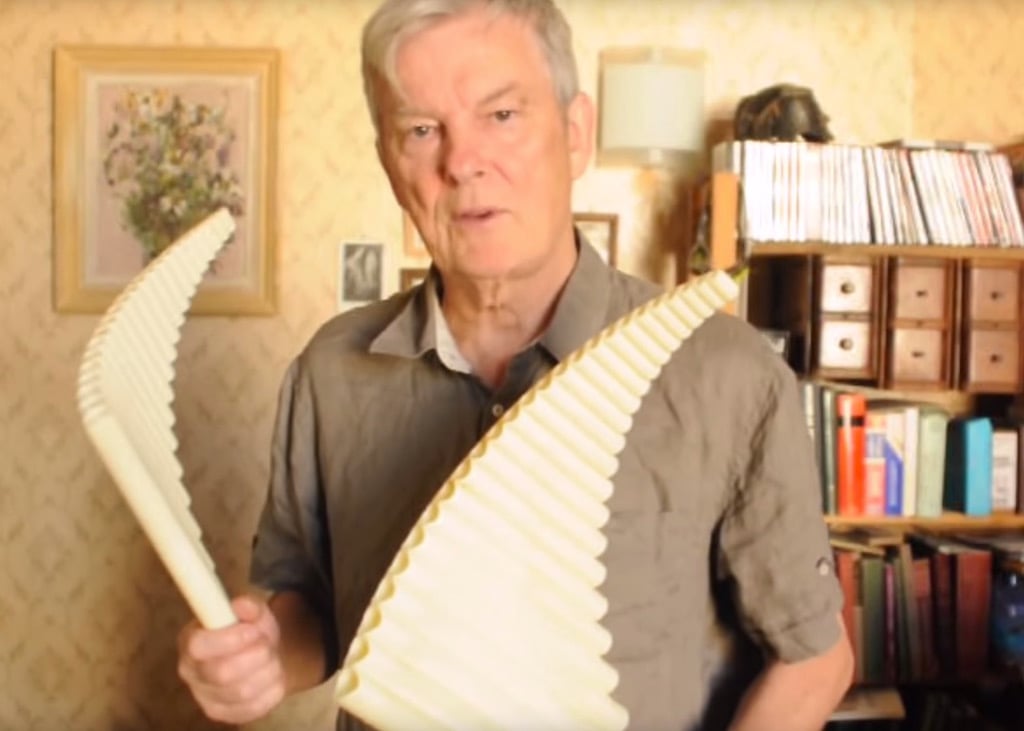
Musician Paul Hirsch has been developing a new type of “wholetone-tuned panpipe”, but now requires assistance to determine how to 3D print them in production form.
He explains his goal:
I’m Paul Hirsh, jazz musician. My musical career has been about trying to find the ideal instrument for improvisation. One that would follow your inspiration wherever it takes you, even to places you’ve never been before.
My aim was to be able to play “like singing in the shower”. The instrument had to be intuitive to learn, like your own voice.
And the nearest I came to that ideal has been the wholetone-tuned panpipes.
Over the years I ordered instruments made for me from the best European panpipe makers, but for various reasons I ended up using my 3D design skills to develop my own streamlined models.
Now that he’s perfected the design, he wants to move the work into production. But that requires investment, and the amount of investment is largely determined by the method of production. Hirsh wishes to determine the best way to manufacture the panpipes using 3D printing, and believe he can do so by stopping by the upcoming Euromold exhibition in Germany where he can discuss ideas one-on-one with different 3D printer manufacturers and services. He’s seeking donations to assist in his journey.
But is this the best way to approach the problem? We suspect it may be a lot easier to simply approach the different 3D print-based manufacturing services directly. Each has considerable expertise in handling unusual requirements – simply because that’s the kind of part that shows up at their doorstep. Simple manufacturing usually is done with traditional techniques where you don’t need the expense of 3D printing.
There are a lot of industrial 3D part-printing services in the world; surely several of them could assist Hirsh in his efforts to produce a quantity of panpipes with the most efficient pricing.
Hirsh may also find that manufacturing with optimum efficiency may require adjustments to his final 3D model. Typically at this stage of development, there are multiple iterations between developer and manufacturer to converge the design on something that functions well and is cheap to manufacture.
Via TuutFlutes and GoFundMe

